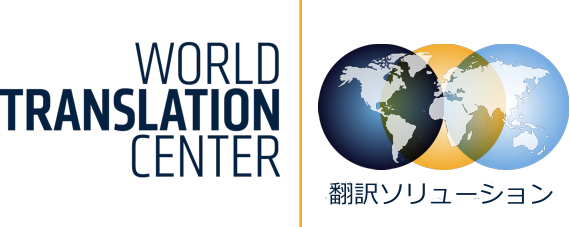WORLD TRANSLATION CENTERは、世界中の専門翻訳者による翻訳と音声録音サービスを提供する大手翻訳会社です。
Articles and Stories
The Art of Writing
It happens every week that I find a flyer in my mailbox advertising lawn care or painting services, or a handy man looking for work in the yard or around the house. Each flyer is designed with nice colors and pictures and the text is worded carefully to get the home owner to contact the job seeker, yet almost every one of these advertising circulars contains an error, even if only a missing or added space. The same applies to menus from restaurants sent as an email blast. Last week I received a menu and counted six typos, three extra spaces and two missed spaces. The menu came from a rather respected restaurant. Is it just carelessness or do people not take the time to properly review or ask somebody else for help in reviewing?
We have all seen typos appearing in the most awkward places where they are visible to everyone. I live next to a street, that is spelled two different ways depending on which side of the road you drive.
Maybe it is really hard to paint very large letters on a road when you only see a small part in front of you, but since such errors can happen as we see here, would it not be possible to implement a template for a word like ‘SCHOOL’ or ‘STOP’ so that one only has to fill in the spaces with paint without any possibility for errors?
Are there not supervisors who can review the final work to avoid embarrassment?
But even in high places, errors are made. Do you remember how in early 2010, Gregorio Iniguez, the managing director of the Chilean Mint, was sacked after he authorized the production of 1.5m 50-peso coins that spelled the country’s name like this ‘C-H-I-I-E’ instead of ‘CHILE’. By the time he was kicked out it was too late; these coins remain in circulation to this day.
Errors slip in easily in any language, even in your native language. For this reason, every document should be reviewed by at least one other person. Most people take great pride in their marketing materials and it often takes an entire department to review and decide on a final version. Some words and sentences are discussed at length and revised many times until a consensus is found. When that final version then comes to us for translation, we are often asked not to have it reviewed as ‘a translator should get it right the first time’. Most translators do get it right, but when you have a word or sentence that you considered at length to relay the right message, the translator has to do the same. Professional translation requires more than just word replacement; it takes considerable time to find just the right equivalent in any language. Due to cultural differency, misunderstandings can also happen on words that have several meanings or nuances. This is why we highly recommend that all translations be reviewed by a second linguist.











